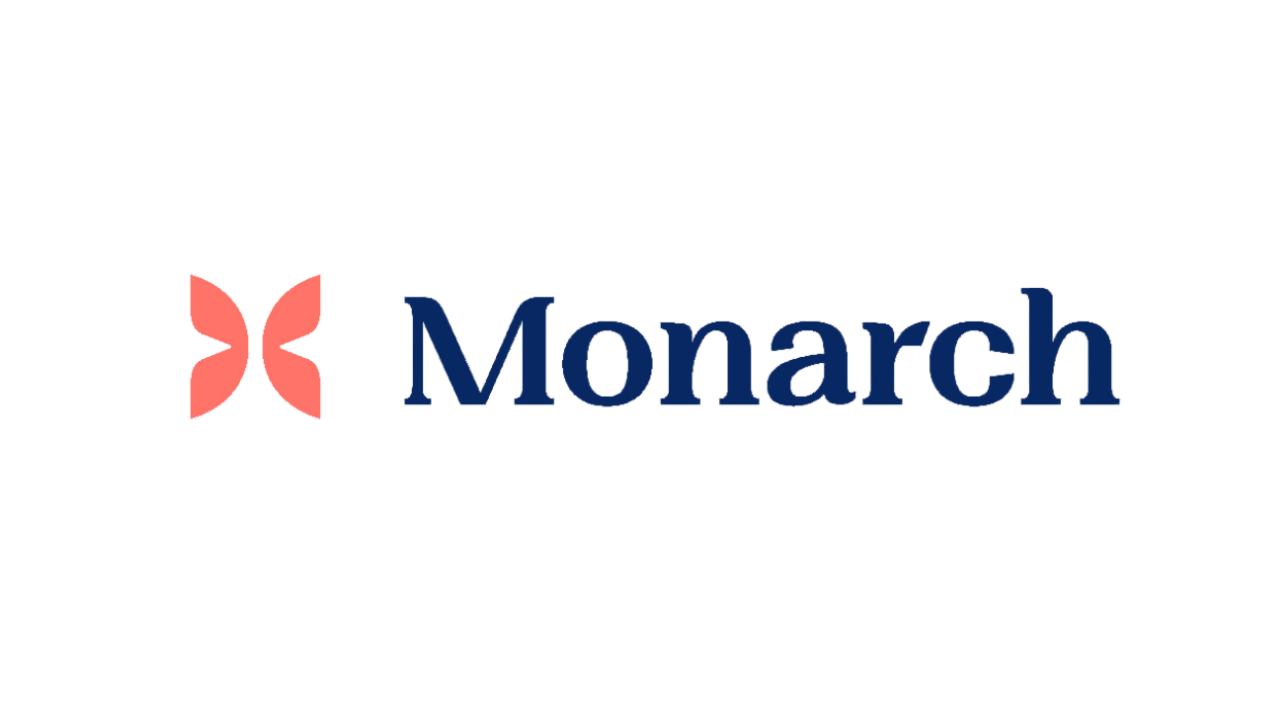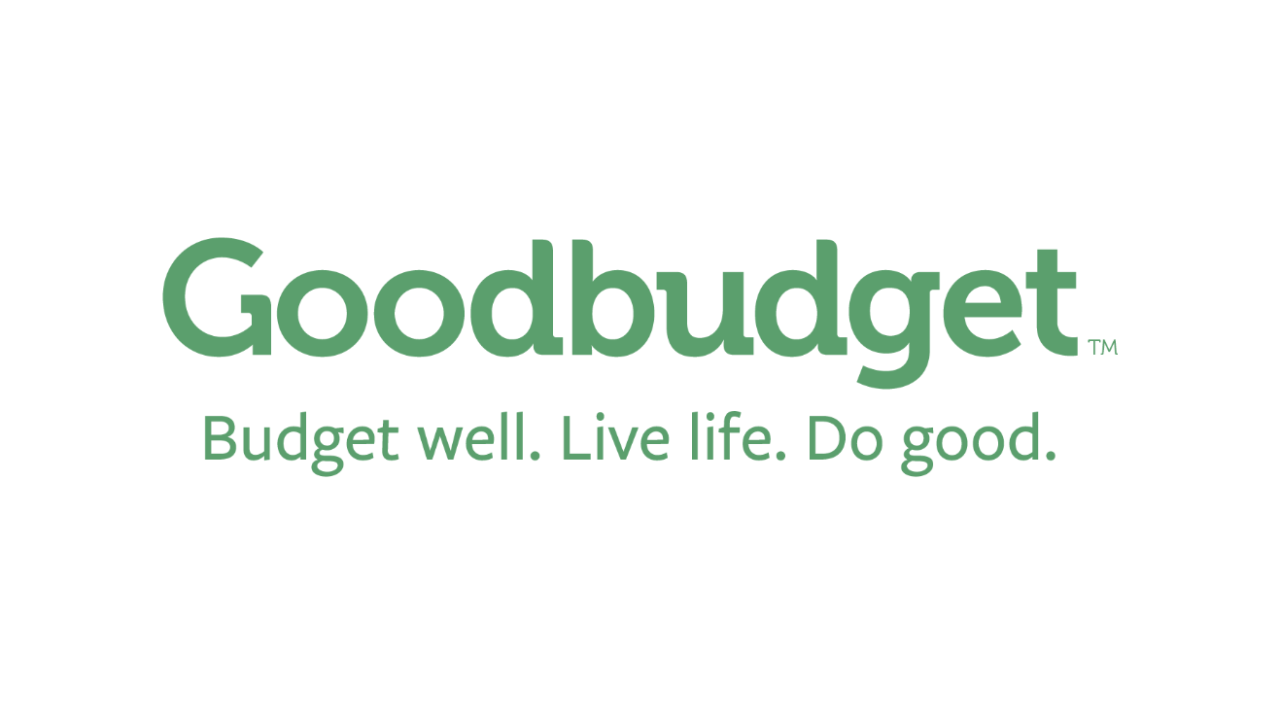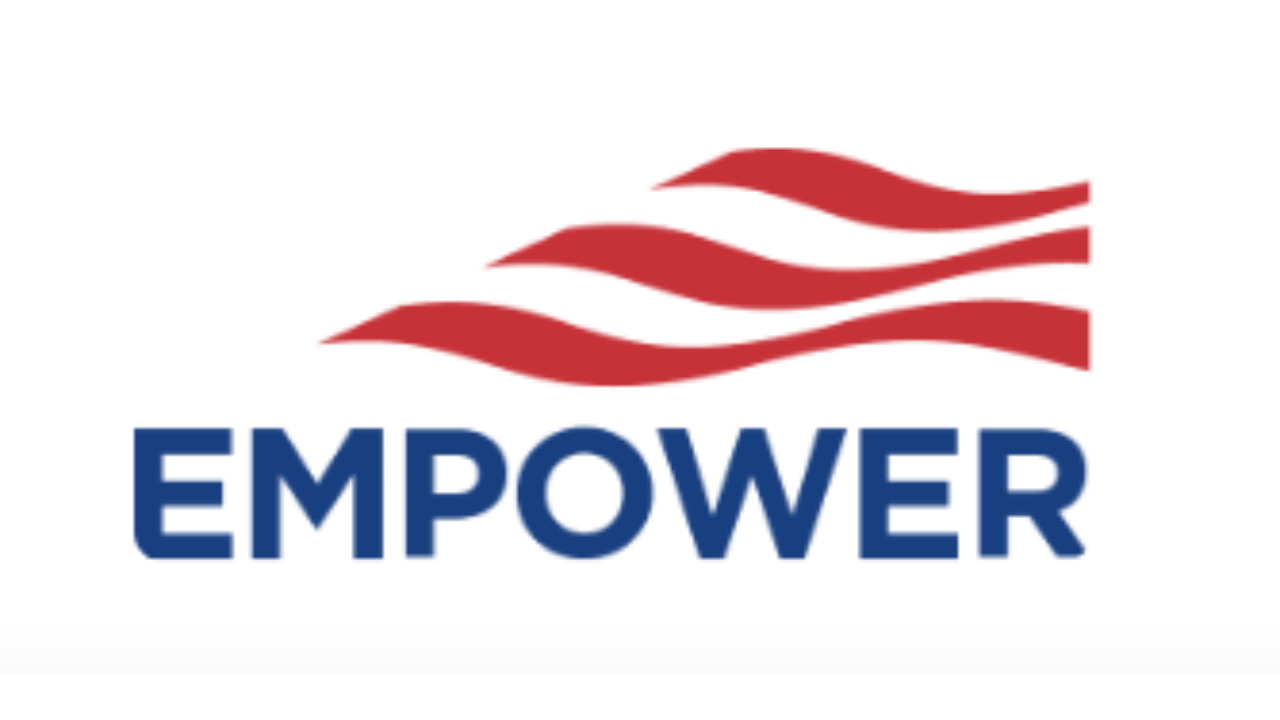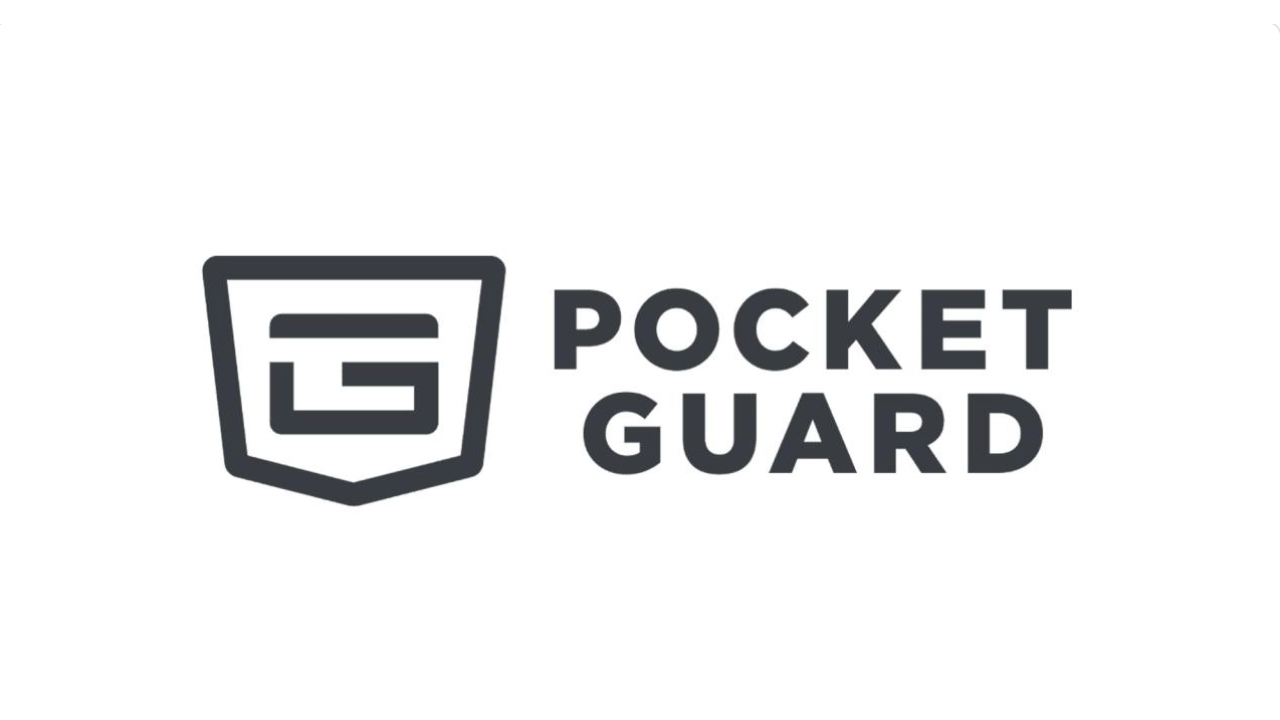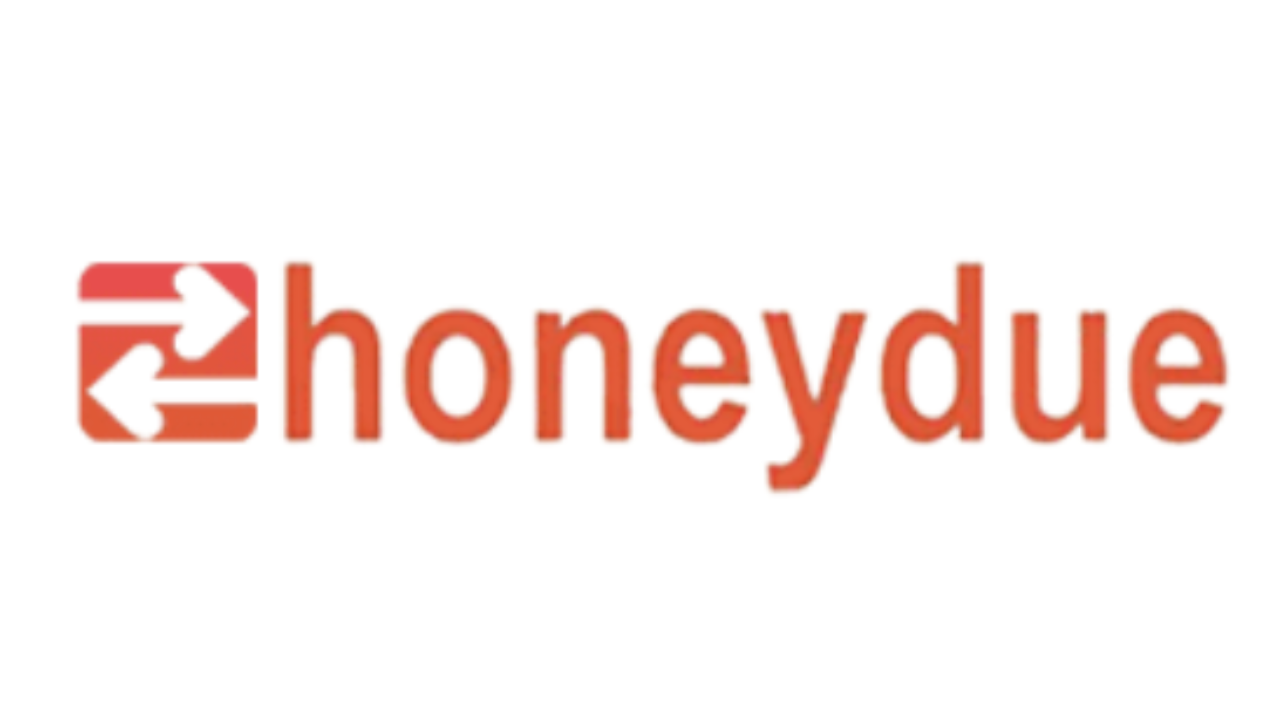We may earn commission from links on this page, but we only recommend products we believe in. Pricing and availability are subject to change.
7 best budgeting apps of 2024
Looking for a modern way to track your everyday spending, organize your finances and grow your savings — without breaking the bank? Luckily, many of the best budgeting apps can help you track expenses and set financial goals at little to no cost. Still others go further, packing a variety of robust features to help you personalize your savings goals, stay on top of your investments, plan for retirement and more, with alerts designed to keep you on the right financial path. Some even ferret out ways to help you save a little extra cash — a handy feature if you’re on a fixed income.
YNAB (You Need A Budget)
Best overall budgeting app
Monarch Money
Best Mint alternative
Quicken Simplifi
Best for building good money habits
Goodbudget
Best for budgeting beginners
Empower
Best for personal investors
PocketGuard
Best for paying off debt
Honeydue
Best for couples
To save you time, we analyzed 15 of the most popular budgeting apps available on Google Play and the App Store, comparing a range of product benefits and details while prioritizing functionality and cost to narrow down our best picks for a wide range of savers and budgeting goals.
Note that we didn’t include the budget tracking app Mint on our list. That’s because Intuit discontinued the app in late March. The good news is that our top editorial picks should cover your budgeting bases.
1. YNAB: Best overall budgeting app
The basics
Free 34-day trial
Supports desktop, iOS and Android
💰 What it costs
$100 annual subscription ($8.25 a month)
$15 monthly subscription
⭐ User ratings
Apple Store: 4.8 out of 5 stars
Google Play: 4.6 out of 5 stars
- Connects multiple budget, loans and savings account types
- 34-day free trial requires no credit card
- Chat with real human support
- Promises not to sell your data or info shared in the app
- Not a free budget app — requires monthly subscription
- Not ideal for tracking investment portfolios
Why we like it
YNAB — short for You Need a Budget — helps you plan ahead with your finances, and not just keep track of and analyze what you’ve spent. It uses a zero-based budgeting approach, a strategy that assigns every dollar you earn to a designated spending category, leaving “zero dollars” unaccounted for.
YNAB is ideal if you’re looking for granular control over your budget and to identify trends in spending habits. With YNAB, you set targets for customized spending categories — like savings, spending, monthly expenses, debt or travel. You then link your banking, credit card, loans and other financial accounts to the app and assign your money to your categories, helping you to understand exactly how your budget will play out.
Other benefits include net worth reporting and educational resources. There’s even a YNAB subreddit, where fans of the app talk about money success stories and user tips, including “unofficial” YNAB extensions for more flexible features from your browser.
YNAB doesn’t support a free version of its app, though new users can take advantage of a 34-day free trial without a credit card. Otherwise, it offers subscriptions of $14.99 a month or $99 a year (an $80 savings over monthly). Yet even with a subscription fee, YNAB earns high praise from customers who claim the app is “life changing” — once you get the hang of it.
Why it’s not for everybody
YNAB charges a subscription fee, which means if you’re after a free budget app you’ll want to look at other apps in our list, like Goodbudget or Empower. It also doesn’t offer features for tracking an investment portfolio. And unlike some other apps, it uses 128-bit encryption — which industry experts don’t consider as secure as the 256-bit AES encryption gold standard.
2. Monarch Money: Best Mint alternative
The basics
Free limited-time 30-day trial for those formerly with Mint
Supports desktop, iOS and Android
💰 What it costs
$100 annual subscription ($6.65 a month)
$15 monthly subscription
⭐ User ratings
Apple Store: 4.8 out of 5 stars
Google Play: 4.7 out of 5 stars
- Works like Mint — and can import your Mint data
- Share budget with up to 5 family members
- High customer praise for design and reporting
- Not a free budget app — requires monthly subscription
- Zero-based budgeting requires hands-on approach
- Some users cite connectivity and data issues
Why we like it
With Mint no longer available, you may be one of the millions of users searching for a Mint replacement to manage your money and track spending. Enter Monarch Money — an app that’s similar to Mint’s functionality.
Like Mint, Monarch Money offers a user-friendly interface with zero-based budgeting tools, cash flow planning, investment tracking, personalized financial goals and a customizable dashboard with visual tracking. Like Mint, you can split transactions with Monarch, and it’s also available on the same platforms at Mint, helping a smooth changeover.
Monarch earns good ratings on Google Play and the Apple Store, with customers supporting that a switch from Mint was relatively easy, some even saying that Monarch’s features are better than Mint’s.
Monarch’s subscription fees are similar to YNAB’s: $14.99 a month or $100 a year (which saves you about $80). And it’s currently offering a limited-time 30-day free trial to Mint users.
Why it’s not for everybody
Monarch Money charges a monthly subscription fee that, while aligning with YNAB’s fee, is relatively high. And some novice users may find the interface, with its abundance of analytics and reports, complicated. The company is also vague about its security measures, saying on its site only that it uses “bank level” security.
Also room to pause: In January — about the time that Mint users began switching to new apps — we began seeing complaints in the Monarch Money subreddit about connectivity and other issues. At least one redditor skeptical of the advertising cites issues with data that might concern advanced Mint users.
3. Quicken Simplifi: Best for building good money habits
The basics
Supports desktop, iOS and Android
💰 What it costs
$3 a month, billed annually
⭐ User ratings
Apple Store: 4 out of 5 stars
Google Play: 4.1 out of 5 stars
- Connects banking, investments, loans and card accounts
- Watchlist and reminders can keep new budgeters on track
- 30-day money-back guarantee
- Not a free budget app
- Customer support through app only
- Not as robust as other Quicken products
Why we like it
Backed by money management giant Quicken, Simplifi calls itself “best for most people” due to a clean dashboard, flexible tools and simple reporting that can meet most budgeters’ needs. Like other budgeting apps, Simplifi allows you to sync broad types of financial accounts and track monthly plan spending and savings goals. New users can start with its Spending Plan, which organizes your money into broad categories like income, bills and savings goals, showing you what’s left to spend or save each month. It also supports watchlists that monitor your spending and trigger alerts if you’re at risk of straying from your goals.
A newer feature is Simplifi’s investments dashboard that offers a way to see your portfolio and chart performance against real-time quotes, though app functionality doesn’t appear to be as robust as desktop — or even other competitors.
At $3 a month, paid by annual subscription, Simplifi is cheaper than competitors like YNAB and Monarch, and new subscribers can request a refund within 30 days if it doesn’t meet your needs. Simplifi also relies on the same security protocols as other Quicken products, which include 256-bit AES encryption and multifactor authentication to protect your personal and financial information.
Chat support is available through the app, where you can request phone support for more-complicated issues. Quicken also hosts an active forum for fans to ask questions and request features they’d like to see in future Simplifi updates.
Why it’s not for everybody
Customers like the beauty of Simplifi but say you can’t customize its dashboard or categories as well as other apps, which means you might get stuck with features or functionality that isn’t useful to you — which could be a little too simple for advanced budgeters.
Account syncing might also be a problem, depending on your accounts, with users reporting days-long lags in transactions and issues linking to some credit unions and investments platforms.
4. Goodbudget: Best for budgeting beginners
The basics
Supports desktop, iOS and Android
💰 What it costs
Free version offers 20 “envelopes” — 10 regular and 10 annual
$70 annual subscription ($5.80 a month) for advanced features
$8 monthly subscription for unlimited envelopes
⭐ Ratings
Apple Store: 4.6 out of 5 stars
Google Play: 4.1 out of 5 stars
- Free version supports essential budgeting features
- Debt-payoff planners include avalanche and snowball methods
- Useful reports and financial insights track income and expenses
- Supports budgeting for couples
- Lacks ability to track investments
- Paid subscription required for expanded envelopes, accounts and device support
- You must enter transactions manually
Why we like it
Unlike many budgeting apps, Goodbudget — formerly Easy Envelope Budget Aid, or EEBA — is an offline app that embraces the popular envelope budgeting method. It’s “offline,” because it doesn’t link to your financial accounts. Instead, you enter transactions and stash your money in different digital “envelopes” for various expenses.
Great for beginning budgeters, Goodbudget offers a tangible experience in monitoring your spending habits, with planners that incorporate popular strategies for paying down debt. It prompts you to fill your envelopes and keeps you informed with personalized reports. The website also features a blog, podcast and free online courses to improve financial literacy.
Goodbudget’s free version includes functionality that can support most budgeters in managing and monitoring spending, including 10 regular envelopes for everyday budgeting and 10 “annual” envelopes for longer-term savings goals. The paid version expands the number of accounts, devices and transactions you can track and allows you access to email support.
Because it doesn’t link to your actual bank accounts, you never share your logins or password with the app. And your personal data is protected with 256-bit AES encryption.
Why it’s not for everybody
As an offline app, Goodbudget doesn’t offer the same powerful features and real-time reporting found in other budgeting apps, which could be frustrating for advanced budgeters. You also need to manually download or enter your financial data into the app to manage your income against expenses.
5. Empower: Best for personal investors
The basics
Supports iOS and Android
💰 What it costs
Free standard version
0.89% management fee for financial advisor
⭐ User ratings
Apple Store: 4.7 out of 5 stars
Google Play: 4.1 out of 5 stars
- Free app offering clean design and dashboard
- Connects multiple banking, investment and loan accounts
- Track your net worth and investment portfolio
- Promises not to sell your data
- Not available on desktop
- While unique, wealth management services require hefty fee and portfolio
- Users complain about glitches and heavy promotion of paid services
Why we like it
Empower is a free app backed by a financial management firm that packs in a powerful range of budgeting and investment tools using a clear, easy-to-use interface. It’s ideal for both new and advanced budgeters — and can also make a good replacement for the discontinued Mint app.
Empower provides a single view of all of your accounts, including checking and savings, credit cards, investment accounts, mortgages and loans. You can view your transactions and spending by category, and use the net worth and portfolio tracker to stay on top of your finances.
Empower is available both for desktop and mobile, offering two options for managing your money. And it encrypts customer data with 256-bit AES encryption and multilayer key management for heightened security.
Why it’s not for everybody
While Empower’s standard features are free to use, you’ll pay a high 0.89% management fee for wealth management support from a financial advisor — a feature that’s available only for portfolios of $100,000 or more. It’s also been criticized by some reviewers for glitchy services and weaker charting than other apps. Still others complain about aggressive pop-ups, email and even sales calls promoting Empower’s wealth management services (though you can opt out with an email to donotcall@personalwealth.empower.com).
6. PocketGuard: Best for paying off debt
The basics
Supports iOS and Android
💰 What it costs
Free basic version
$13 monthly subscription for PocketGuard Plus
$75 annual subscription ($6.25 a month) for PocketGuard Plus
⭐ User ratings
Apple Store: 4.6 out of 5 stars
Google Play: 3.8 out of 5 stars
- Connects a range of accounts that includes banking, credit and investments
- Debt-payoff plans including avalanche or snowball strategies
- Spending reports and financial insights
- Doesn’t sell your data
- Not available on desktop
- Free version lacks many features
- Not designed for tracking or benchmarking investments
- Support available by email only
Why we like it
The PocketGuard app is packed with features for creating custom budgets, tracking your spending and gaining insights into your expenses. Its built-in debt-payoff plans can also help you pay down and get out of debt faster. And if you’re switching from Mint, PocketGuard can walk you through how to import your transactions for faster setup.
Like YNAB, PocketGuard follows a zero-based budgeting method that assigns a job to each dollar, and users like that it keeps tabs on your transactions, spotting recurring bills. PocketGuard Plus can even negotiate better bill deals, trim subscriptions and set savings targets — all while you pay down debt.
Users online generally agree that PocketGuard is intuitive and easy to use, with most complaints calling out a 2024 change in pricing — from a lifetime subscription to renewable monthly and annual fees.
In addition to using 256-bit SSL and advanced encryption standards, PocketGuard offers biometrics and PIN code protection to protect your financial information if you lose your phone.
Why it’s not for everybody
PocketGuard’s strength is its unlimited, customizable budgets, personal payoff plans and financial insights — features that require a PocketGuard Plus subscription. And while you can link investment accounts for a clearer picture of your overall net worth, the app lacks investment planning features to monitor, benchmark or build your portfolio.
7. Honeydue: Best for couples
The basics
Supports iOS and Android
💰 What it costs
Free
⭐ User ratings
Apple Store: 4.5 out of 5 stars
Google Play: 3.5 out of 5 stars
- Free to use — no paid subscription needed
- Connects banking, credit card, investment and loan accounts
- Separates out expenses
- Joint bank account with no fees
- Not available on desktop
- Customer support by email only
- Lacks detailed analytics and reporting
- Sells data to third parties unless you opt out
Why we like it
If you’re among the 25% of couples who say money is their greatest relationship challenge, Honeydue may be a way to smooth over your shared money issues. It’s also completely free to use and comes with an optional joint banking account with zero fees.
The app provides you and a partner with a quick view of your bank accounts, credit cards, loans and investments. It categorizes both shared and individual expenses, syncs with your bank and credit accounts, sends bill payment reminders and lets you chat with your partner within the app.
Honeydue also offers multifactor authentication, PIN and Touch ID to help protect your information, should you lose your phone.
Why it’s not for everybody
Honeydue lacks some of the advanced budgeting features you can find with other apps, like goal setting, investment tracking and detailed reporting. Though unlike the other apps on our list, Honeydue is transparent about disclosing your information to third parties — but you can choose to opt out.
What to look for in a budgeting app
When you’re on the hunt for a budgeting app, look for benefits and features that best fit your financial goals and the way you manage your money. Think about those that offer a free version or a limited free trial with enough time to test-drive the app before committing, among other key elements to compare, including:
Features that fit your needs. Some apps support simple budget tracking only, while others offer services that monitor your savings and alert you when you’ve gone off track. Still others allow you to track investments or build a portfolio.
Supported devices. Make sure the app is compatible with the technology you actually use, whether it’s your desktop computer, your phone or across devices.
Ability to try it for free. Look for apps that offer a free version or trial with enough time that allows for test-driving what it has to offer before you commit.
Bank account syncing. Apps that sync with your banking, credit cards and other accounts can provide real-time insight into your spending and simplify your budgeting.
Customizable categories. Pick an app that lets you personalize spending categories to match your lifestyle, spending habits and budgeting preferences.
Security features. Prioritize apps that are up front about how they protect your personal and financial information, with security measures like multifactor authentication and 256-bit AES encryption.
Privacy policies. Read the apps’ privacy policies to learn whether they plan to sell your data to third parties. Free apps are more likely to engage in this practice, but not always.
Customer support. Most budgeting apps support help by email or live chat through an app or website. Test how long it takes to get help during your trial period to see if it meets your needs.
Dig deeper: 5 popular budgeting strategies — and how to find the best fit for financial motivation
128-bit vs. 256-bit AES encryption — what’s the difference?
The difference between these two advanced encryption standards (AES) lies in the length of the “keys” used to encrypt and decrypt your data, or digitally convert your data from a randomized version of numbers to a readable form. These keys are represented by a unique string of either 128 or 256 digits, depending on the encryption standard.
Both standards can sufficiently secure your data, but the gist is that because a 256-bit key is significantly longer than a 156-bit key, it’s harder to break or compromise — making it the industry’s benchmark for banks and financial apps entrusted to store and transmit sensitive personal identifiable information and financial data.
How we chose the best budgeting apps
We evaluated 15 of the most popular budgeting apps available on Google Play and the App Store as of April 1, 2024, analyzing each app against monthly subscription fees and a series of features that include:
Syncing with a range of financial accounts
Detailed expense tracking by category
Financial goal setting and investment planning
Information sharing among family members
Debt reduction and money-saving features
Security features and privacy policies — after all, you’re entrusting the app with your personal and financial information
We also read through customer reviews on Google Play, the Apple Store, Trustpilot and Reddit to better understand actual user experiences — the good and the bad.
Sources
Love & Money: Most Couples Give Themselves High Marks in Communication, Yet Fidelity Study Reveals Hidden Frustrations in Couples’ Financial Future, Fidelity. Accessed April 1, 2024.
About the writer
Kat Aoki is a seasoned finance writer who's written thousands of articles to empower people to better understand technology, fintech, banking, lending and investments. Her expertise has been featured on sites like Forbes Advisor, Lifewire and Finder, with bylines at top technology brands in the U.S. and Australia. Kat strives to empower consumers and business owners to make informed decisions and choose the right financial products for their needs.







